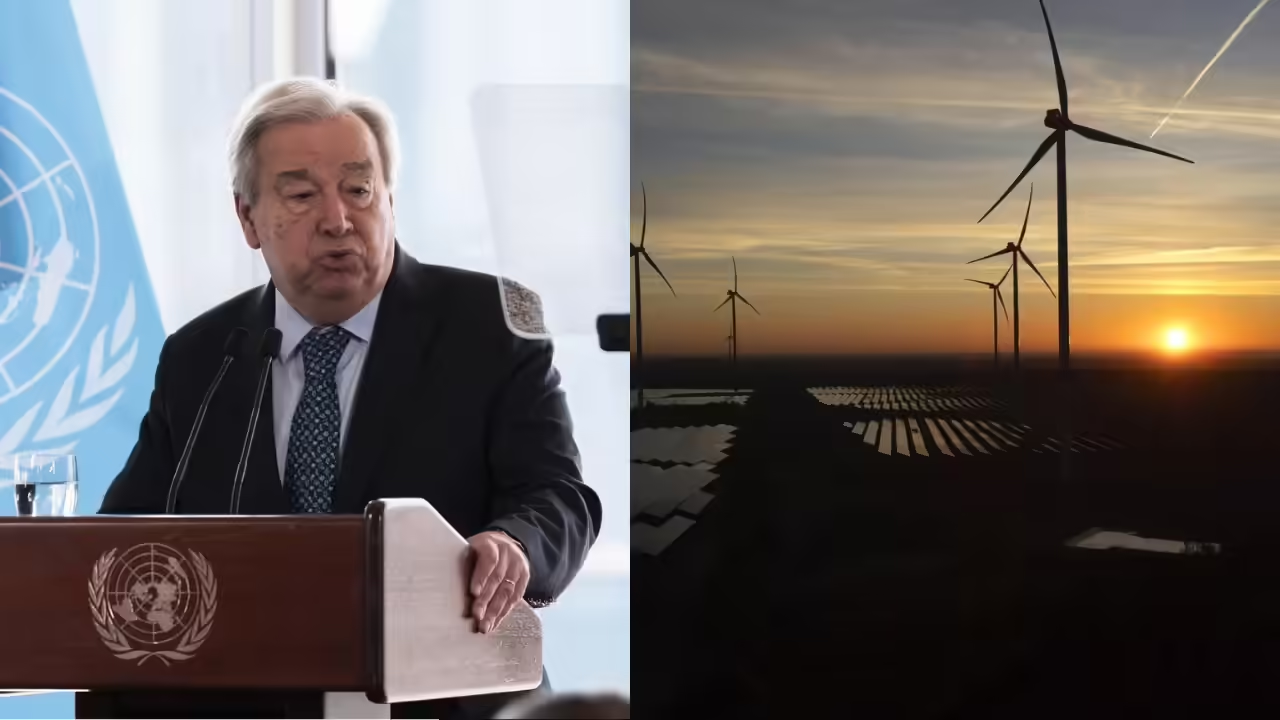
The global move to renewable energy has now crossed a “positive tipping point.” According to two new United Nations reports, wind, solar, and other green energy sources are not only becoming more widespread but also significantly more affordable. In 2024, renewable sources made up 74% of the growth in global electricity generation. Impressively, 92.5% of all newly added electricity capacity came from renewables. Additionally, electric vehicle sales have surged from 500,000 in 2015 to over 17 million in 2024.
The International Renewable Energy Agency (IRENA) reported that the three cheapest electricity sources worldwide last year were onshore wind, solar panels, and new hydropower. In fact, solar is now 41% cheaper and wind is 53% cheaper than the least expensive fossil fuels. As a result, fossil fuels, which are the main contributors to climate change, are becoming less competitive.
Uneven Progress Despite Growing Investments
Although renewable energy investments hit $2 trillion in 2024 outpacing fossil fuel investments by $800 billion—the transition is still not happening quickly enough. Most of this progress has taken place in developed nations like China, India, and Brazil. Meanwhile, Africa contributed less than 2% of new renewable capacity in 2024. High capital costs remain a barrier for many countries in the Global South, slowing down their clean energy adoption.
Despite these challenges, the reports debunk the myth that clean energy cannot compete with fossil fuels. Economies investing in renewables are finding them to be not only viable but also economically superior. Falling prices of renewable technologies create a cycle where increased adoption further reduces costs.
Renewables Rise, Yet Fossil Fuels Still Expand
Even though renewable energy is growing, fossil fuel subsidies remain high. In 2023, fossil fuels received $620 billion in global subsidies, while renewables got only $70 billion. Still, renewable energy continues to expand despite this imbalance.
However, global power demand is rising, driven by developing economies, AI data centers, and increased cooling needs due to climate change. A typical AI data center now consumes as much power as 100,000 homes. By 2030, data centers alone could use as much electricity as Japan does today.
In the U.S., solar and wind had been growing steadily at over 12% per year from 2018 to 2023. But policy shifts have slowed this growth. Recent government decisions have scaled back renewable programs and increased support for fossil fuels.
Nevertheless, renewables offer a more stable and secure energy future. Unlike fossil fuels, renewable sources do not face price volatility or supply chain disruptions. While the road ahead is steep, the tools and capacity to transition to a clean energy future already exist.
















